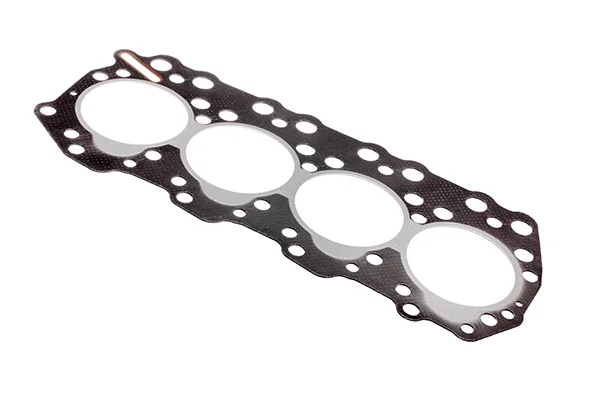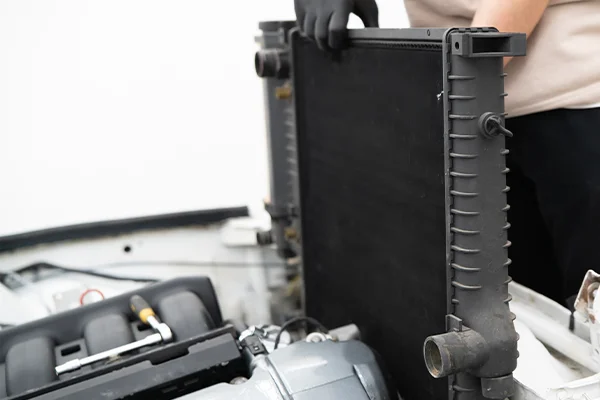Common Locations of Coolant Leaks
What Is a Coolant Leak
Coolant is an essential fluid. Without the right amount of fluid, you’re asking for serious trouble that could cause severe damage to your engine down the line. Routinely check your car’s coolant level. If you regularly find yourself adding new fluid to your system, it is very possible you have a coolant leak.
What Causes a Coolant Leak
Coolant leaks can be caused by a variety of issues, including damaged hoses, a faulty radiator or water pump, worn gaskets, or even a blown head gasket. These leaks can lead to potential engine damage if not addressed promptly.
Common Sources of Coolant Leaks
Blown Head Gasket
The head gasket in a vehicle’s main purpose is to seal the space between the cylinder head and engine block. If the head gasket fails, coolant and engine oil mix. Head gasket leaks may not produce a visible trace, as the coolant leaks happen internally within the engine rather than externally. Either way, a blown head gasket could be fatal for your engine if not addressed as soon as possible.

Damaged Heater Core
The heater core in your vehicle is a miniature radiator that diverts heat into your vehicle’s passenger cabin. While not visible, it’s entirely possible your heater core may develop a coolant leak over time. If there is a leak, the fluid may gather in the plastic housing on the bottom of the heater core.
Cracked or Damaged Hose
Coolant may move through many different hoses under your vehicle’s hood. If one of these hoses develops a crack or hole, coolant may leak.
Loose or Worn-Out Hose Connections
Hoses in your vehicle’s cooling system must connect to different components. Some connections may have hose clamps, while others may attach their own. Any place a hose connects is prone to springing a coolant leak.
Broken Radiator
Modern coolant has anti-corrosive agents that help protect your radiator from rust. Still, sometimes, my radiators develop a leaks as a result of corrosion or impact damage. If your vehicle’s radiator has one, you may notice a leak in front of your engine.

Signs of Coolant Leaks
- Puddles of green, orange, or pink fluid under your vehicle.
- Sweet odor while driving or immediately after turning on the engine.
- The engine is overheating and emitting steam while driving from short drives to long ones.
- Consistently low coolant levels despite regularly topping off.
- Bubbles in the coolant reservoir.
- The temperature gauge fluctuates and stays high.
A/C Repair in Austin.
A/C repair for your cooling systems consists of regular coolant replacements to keep it free from contaminants, as well as topping it off as needed if it becomes low. Scheduled maintenance on components like the water pump and radiator isn’t required, but keep an eye on these components and ensure they aren’t failing or leaking fluid.
If you’re in need of a coolant flush or other cooling system service, trust the experts at Edgestone Automotive in Austin, TX. Our technicians have extensive experience diagnosing, repairing, and maintaining the radiator and cooling systems of various makes and models. Give us a call or schedule online today.
